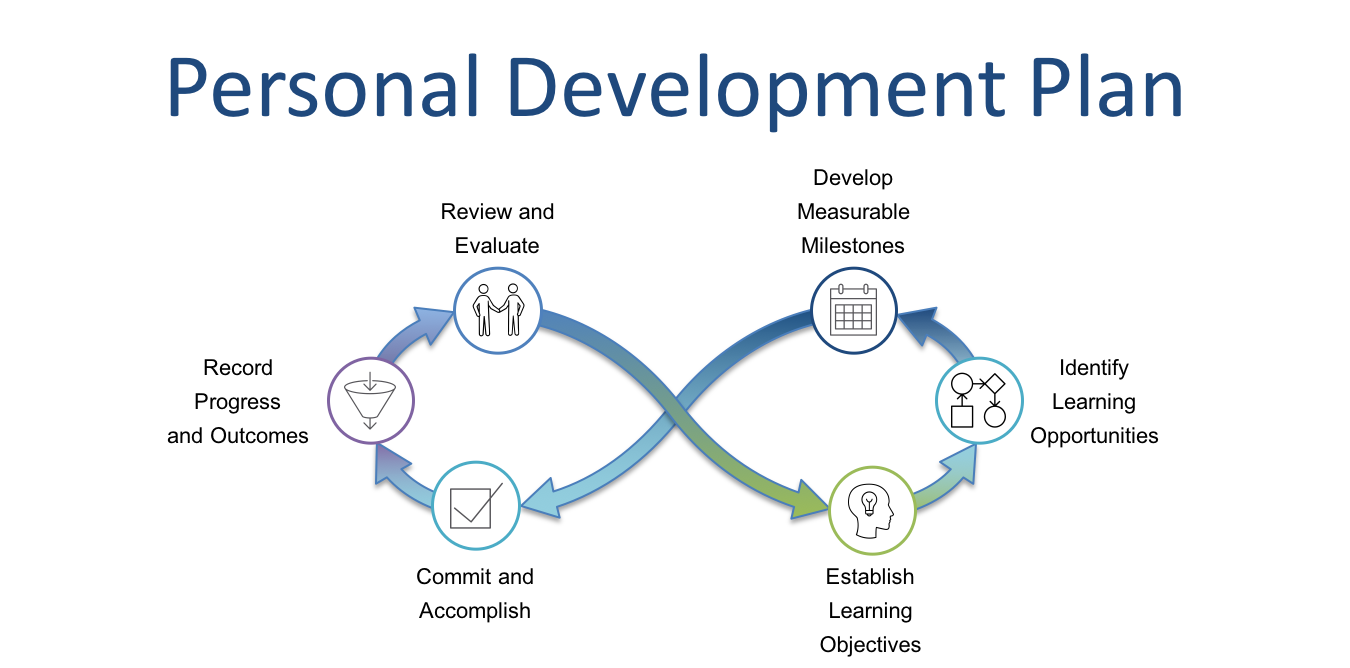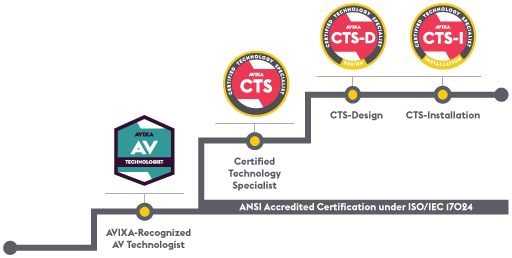Training and Retaining Your Best AV Salespeople
 Focusing on effective sales growth can be either proactive or reactive. A proactive personal development plan (PDP) helps your salespeople self-assess their current capabilities and articulate a proposed set of growth areas for themselves. A reactive personal improvement plan (PIP), on the other hand, is not initiated by the salesperson but by their manager as a reactive plan to help improve the performance or relational skills. The goal of a PDP and a PIP should be to help your salespeople level up and address the gaps in both their ‘hard skills’ and ‘soft skills.’ Training and retaining your best AV salespeople can be either proactive or reactive. In both cases, their future is squarely placed in their own hands.
Focusing on effective sales growth can be either proactive or reactive. A proactive personal development plan (PDP) helps your salespeople self-assess their current capabilities and articulate a proposed set of growth areas for themselves. A reactive personal improvement plan (PIP), on the other hand, is not initiated by the salesperson but by their manager as a reactive plan to help improve the performance or relational skills. The goal of a PDP and a PIP should be to help your salespeople level up and address the gaps in both their ‘hard skills’ and ‘soft skills.’ Training and retaining your best AV salespeople can be either proactive or reactive. In both cases, their future is squarely placed in their own hands.
Give Salespeople a Reason to Stay
In most companies, the human resources (HR) team handles challenging situations with employees. In the HR world, I’ve often found that a PIP is often an excuse for getting rid of (instead of trying to keep) a valuable employee. Outside of truly problematic behavioral issues, a PIP should be used as more than a last-ditch effort. A PIP is a helping hand with a clear set of goals for not only keeping their job but becoming even better at their role.
When I use the term personal improvement plan (PIP), the heart is to restore relationships, set milestones and define expectations to understand and evaluate progress so that the employee is retained and given the opportunity to self-correct with mentoring and training from their managers and peers.
Some studies predict that every time a business replaces a salaried employee, it costs six to nine months’ salary on average. For a salesperson making $80,000 a year, that’s $40,000 to $60,000 in recruiting and training expenses. Some say the cost is even more, and that losing an employee can cost as much as twice their annual salary for high-earner positions.
Personal Improvement Plans
The framework for a PIP created to retain a salesperson should not be ambiguous or subjective but instead an honest attempt at helping restore an employee to use their gifts, talents and abilities in practical and realistic ways. A PIP should be given a hard deadline (frequently 60 to 90 days) with weekly milestones and check-ins with their managers. This length of time signals the intent of the organization to try to keep the salesperson as someone they want to see on the team. Additionally, it also provides the employee with an opportunity to understand the kind of shifts and adjustments necessary to work well within the culture of the organization.
With a PIP, measurable milestones might include:
- Daily check-ups — With you (that you document in some way) that focus on how they’re doing and what you see and what they are feeling/experiencing during this season of change.
- Weekly review meetings — With your leaders about their experiences with the employee during the past week, especially as it pertains to the PIP.
- For the employee — A smile and a positive response to requests. I’m not saying to be sappy and gushy but to earnestly train themselves to look at their PIP as a chance to improve, not just keep their job.
- For the manager — Talk about how often you notice or hear about positive changes daily and/or weekly. Encouragement matters.
If there is little to no discernible and measurable change within the first 30 days, an interim meeting should be scheduled with the salesperson. It is important that they fully understand their progress (or lack thereof) and not be surprised by any decision made by day 60 or day 90. Using a healthy and clearly defined PIP, the salesperson’s success is truly their choice. That means their change, or lack thereof, may very well force their manager’s hand to terminate their employment.
Quite often, PIP’s help those with the capacity and motivation to reach new levels of success. But for those who will not or cannot make the necessary changes, a PIP is a healthy dose of reality to shift their focus to a role that better suits their skills and abilities.
Personal Development Plans
A personal development plan (PDP) is a representation of an employee’s framework to self-assess their current capabilities and articulate a proposed set of growth areas for themselves within a specified timeframe, often bi-annually or annually. Instead of a manager or mentor telling the employee how to level up, the employee crafts and submits a PDP to their manager or professional mentor; this is so that the employee can be nurtured, challenged and encouraged to maximize their learning journey.
To follow a PDP, the employee follows a cyclical journey on a path of continuous improvement. The stages of this journey are illustrated below as six flowing, sequential steps which, once begun, can (and should) be adapted and revisited time and again.
Establish learning objectives — Can focus on shoring up weaknesses or leaning into a core strength. The purpose is to intentionally define what success looks like from completing the objective.
Identify learning opportunities — Once a learning objective has been set, the salesperson identifies key learning opportunities and commits to a learning path. This can include mentorships, classes, books, seminars, and certifications.
Develop measurable milestones — A goal is not a goal for the salesperson unless the milestones are measurable and have due dates. For example, committing to earning their CTS from AVIXA. The AVIXA-Recognized AV Technologist, Certified Technical Specialist, CTS-Design and even CTS-Installation can be learning steps to better educate even the best salespeople.
Commit and accomplish — In addition to pure selling and prospecting duties, a great salesperson will commit time towards meeting their learning objectives.
Record progress and outcomes –– As with all goals, measurement of milestones against a predetermined timeline is the surest way to meet goals and complete their learning objectives.
Review and evaluate (and celebrate!) — Even with an annual plan, the salesperson should be self-evaluating and sharing their progress for accountability. It is important to celebrate these milestones and encourage the continued growth as they not only lean into new skills but also continue to meet their sales goals along the way.
Once completed, the cycle starts again so that your salespeople can continuously level up their skills. When a salesperson manages their own PDP and addresses their own skill gaps, they pave a path to level up their performance and align those growth opportunities with company-specific gaps. The results are a win-win for them and their organization.
Quality salespeople are hard to find and even harder to keep due to their in-demand skills. In a specialist sales role, such as in the house of worship market, talented salespeople are important relationship builders with church leaders, who are the key decision-makers in most church organizations. Developing these integral salespeople should be a higher priority with AV vendors due to the pivotal roles these salespeople play in closing product and systems sales with church buyers.
How are you helping your salespeople in all of your vertical markets, including the church market, level up their skills? Comment below.







